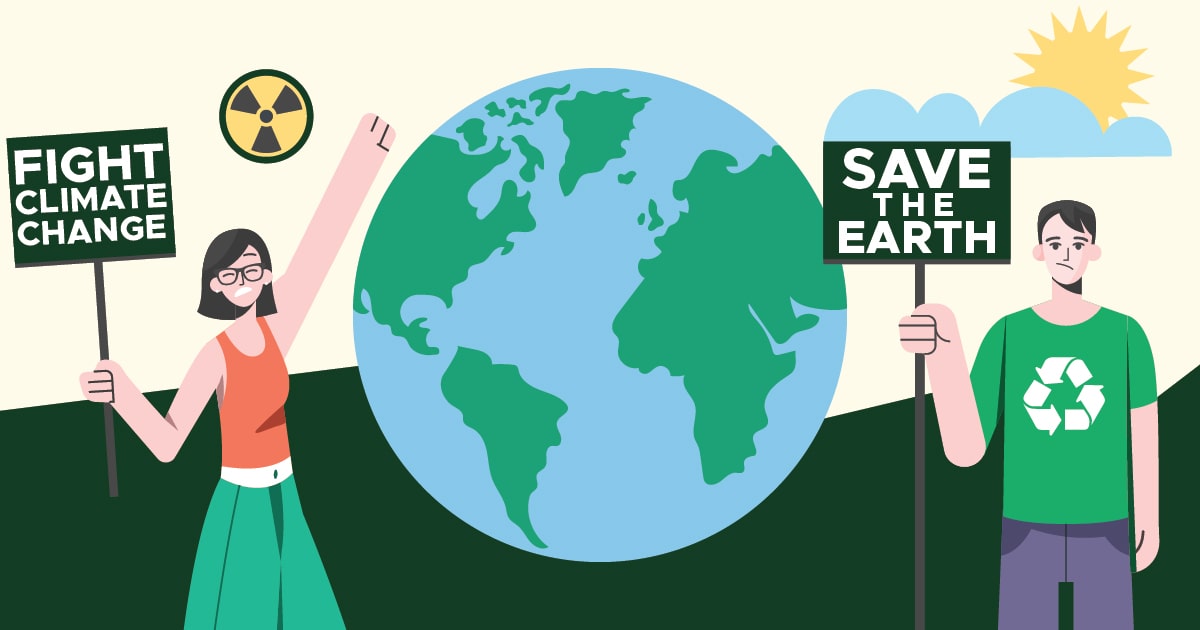
It’s no secret that the Earth is getting warmer. In fact, sustainable business ventures and even us, as individuals, know the simple things we can do to stop global warming – like switching to renewable energy, recycling more, and planting trees.
But if you’re still not doing your part to fight climate change, let these surprising global warming facts spring you into action.
1. We’re getting shorter fall seasons
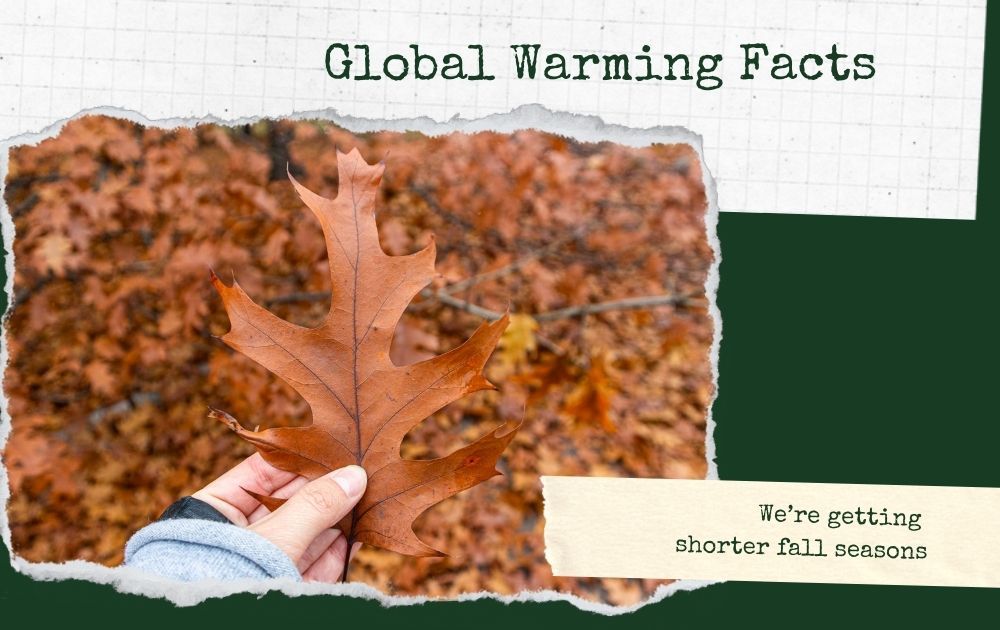
In the last five years, the rise of sudden dry spells called flash droughts has been popping up all over America. That comes with the usual barrage of extreme weather events such as hurricanes and flash floods.
To date, climate change has affected how seasons are unfolding. Rising temperatures are linked with how leaves change colors. And studies have proven that the effects of global warming can cause changes in light, temperature, and drought, which can dull the colors of leaves. In severe cases, leaves skip the autumn transition completely, turning from green to brown.
2. Irreversible climate change is here
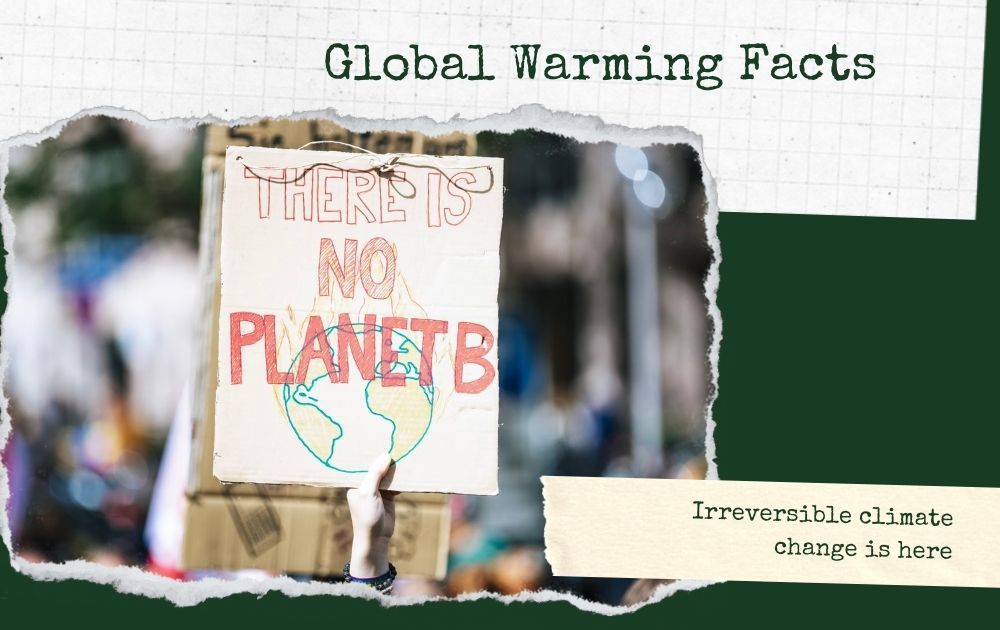
A recent report by the Intergovernmental Panel on Climate Change revealed that a certain amount of global warming can’t be reversed. Apart from that, the report also details that nations that are the biggest pollutants have failed to reduce their emissions.
With the report, scientists are expecting that extreme weather conditions will increase. In addition, they predict that in the next 20 years, the world’s temperature will rise by 1.5 degrees Celsius.
3. Earth’s hottest years: 2016, 2019, 2020, and 2021
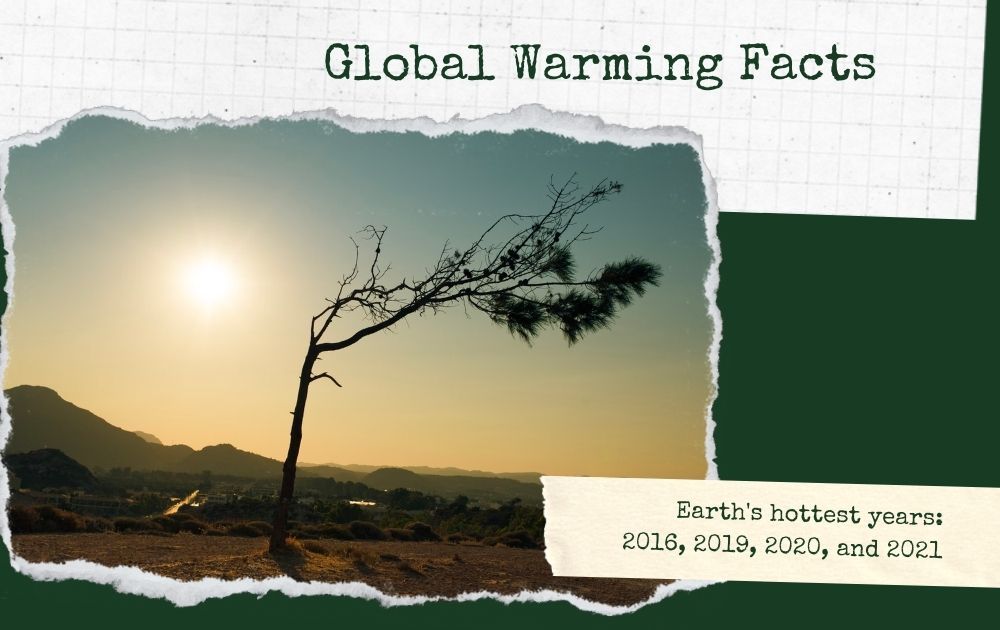
Other global warming facts aren’t that reassuring. The Earth’s warmest seven years have been recorded since 2015. Notably, the top three were 2016, 2019, and 2020. Now, the year 2021 joins the list of the top seven warmest years on Earth. The warm weather is caused by back-to-back La Nina events and other weather events.
According to six databases analyzed by the World Meteorological Organization (WMO), last year averaged a 1.11-degree increase from pre-industrial era levels. The new data is not surprising. Since the 80s, each decade is getting warmer and warmer. And as per WMO’s predictions, they’re expecting this trend to continue.
4. The world’s temp to rise by 1.5 degrees Celsius
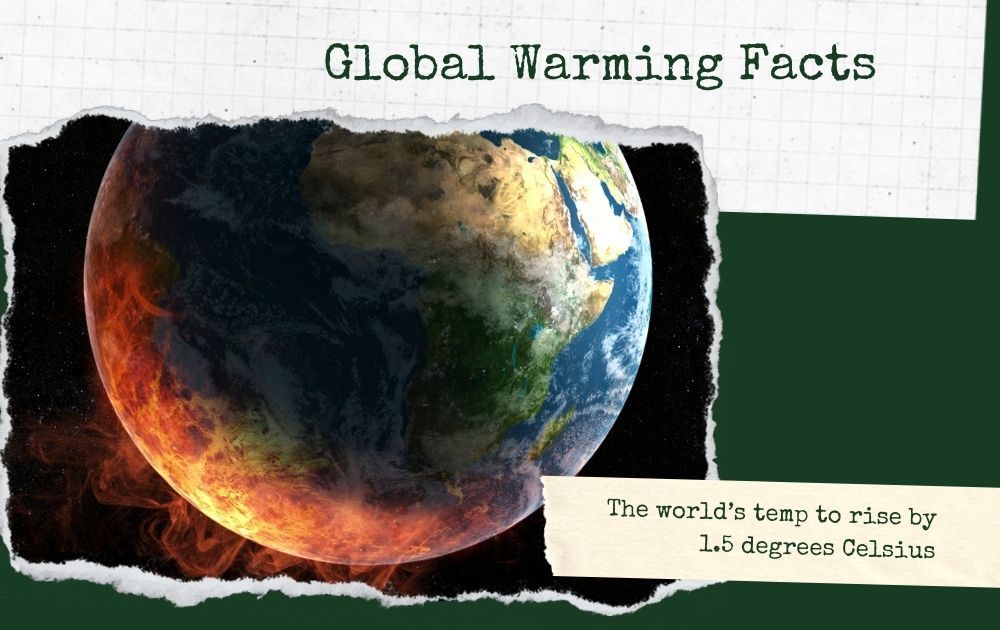
The global temperature has increased since the pre-industrial era. After all, the use of fuel for commerce and other purposes has dominated industries since. So, it is no surprise that scientists predict that the world will be warmer by 1.5 degrees Celsius in the next two decades. This figure considers almost all scenarios, from the lowest emissions scenario to the highest emissions scenario.
The Intergovernmental Panel on Climate Change report said that unless countries curb their gas emissions, the world will become 1.5 degrees Celsius warmer or more.
5. Climate change can make half of the existing species extinct
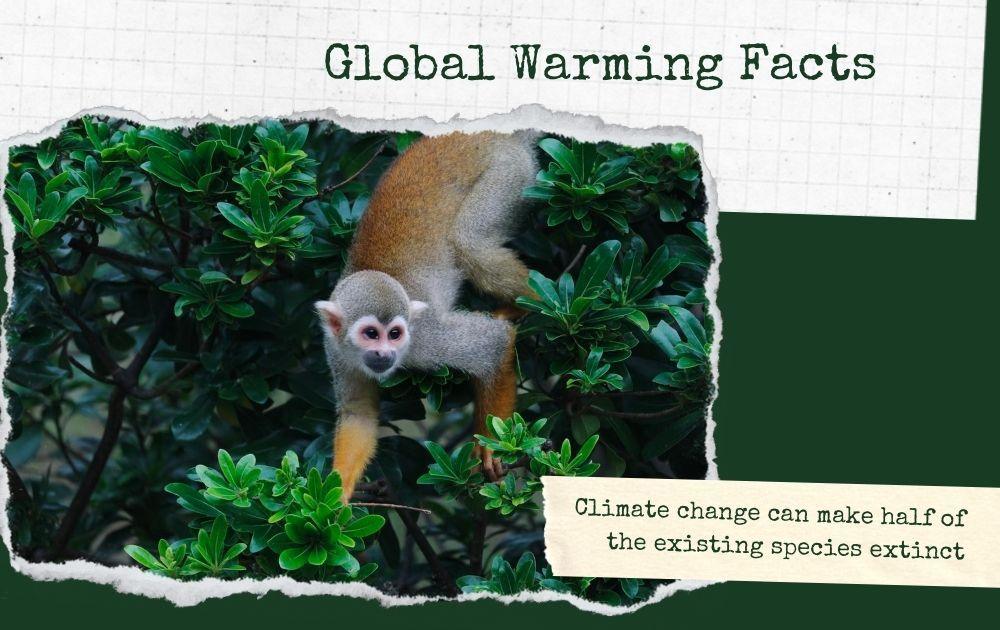
Sadly, climate change can also affect the earth’s biodiversity. In fact, in a report commissioned by the World Wildlife Fund, researchers found that half of various plant and animal species are at risk from warming climates.
The Amazon, South Africa’s Miombo Woodlands, the Galapagos Islands, and southwest Australia will be the most affected areas. For one, living species in the area can face local extinction if climate targets are not met. Among other things, climate change will cause these areas to lack water, an unfavorable mating temperature, and the destruction of wildlife habitats.
6. Heatwaves are the number one natural disaster-related cause of death in the US
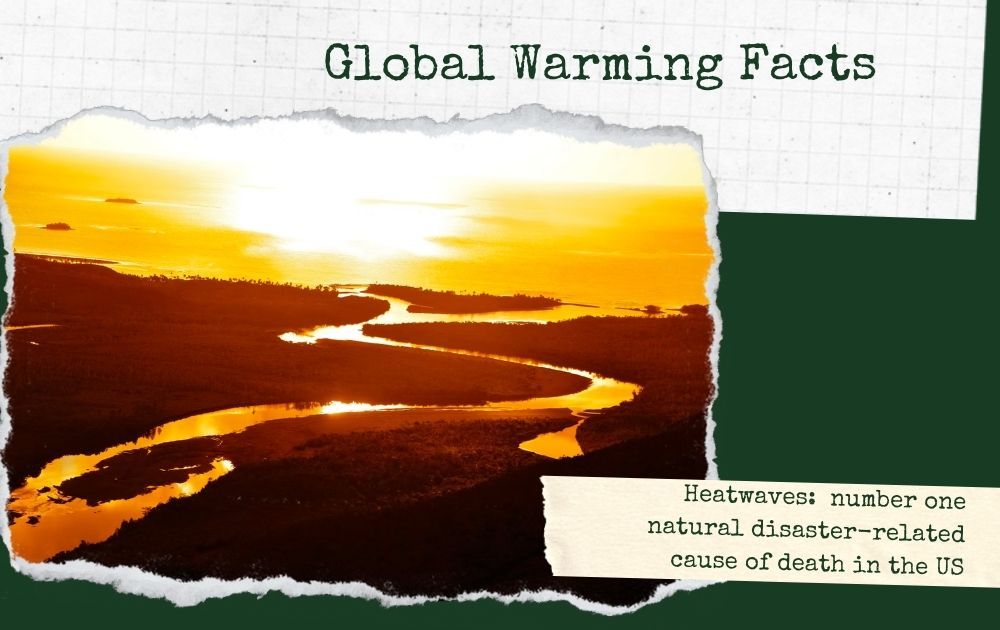
Heatwaves are getting deadlier. Last year, more than 80 people died in the US because of extreme heat. However, in the United Kingdom, the number is worse, with hundreds dying because of hot weather.
Extreme heat kills more people than any other natural disaster in the US. Aside from this, it can have long-term effects on the body, such as kidney failure to the brain and heart damage.
7. In 2050, sea levels will rise by a foot
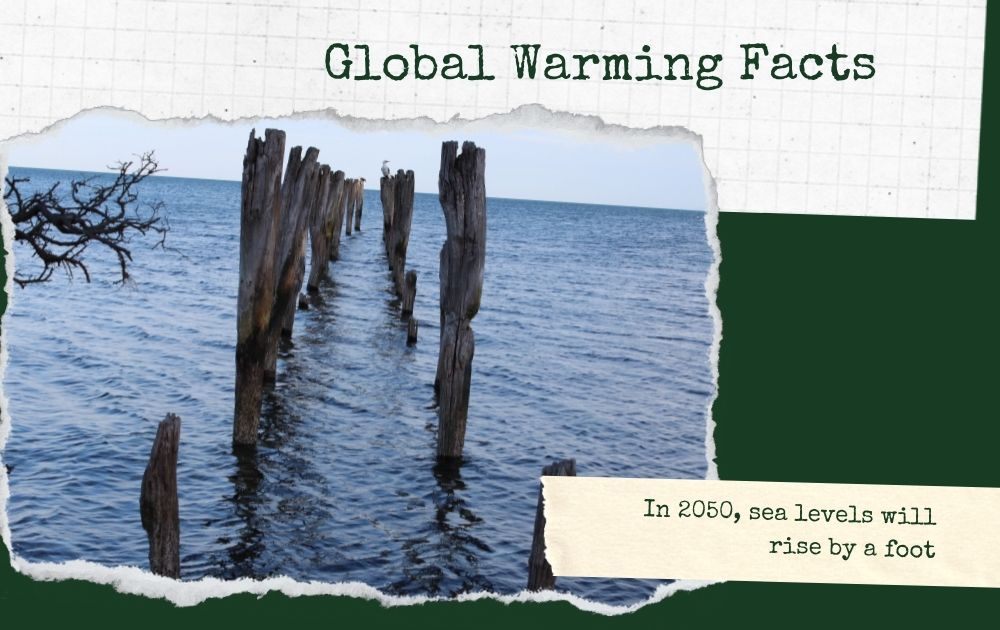
Sea levels will still rise by a foot by 2050 regardless of how much carbon we prevent from getting into the atmosphere. Known global warming facts show that the Earth’s seas absorb more than 90 percent of heat from greenhouse gases. Because of this, our oceans are getting warmer and higher.
Average sea levels have risen over eight inches since the 19th century. And every year, it grows to another 0.13 inches. The rising sea level is linked to melting glaciers, thermal expansion, and the loss of ice sheets in Greenland and Antarctica.
8. The Arctic could be ice-free by 2040
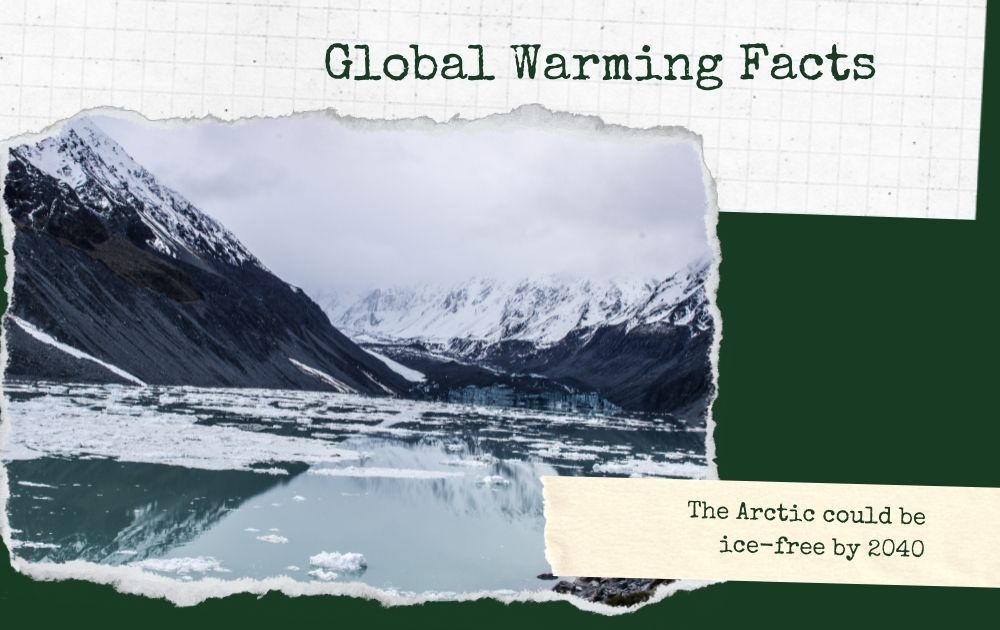
More and more global warming facts show that the future is grim. Rising sea levels and a warming climate could spell disaster for the Arctic. According to scientists from the Arctic Council, a policy group, the sea ice in the area could melt away in the next two decades. The volume and mass of Arctic sea ice have been shrinking for years now. In the past three decades, the summer ice coverage has been reduced by half.
If the trend continues, it can slow downwind speeds coming from the Arctic, leading to more extreme weather conditions. Apart from this, ocean currents may also slow down, influencing monsoon patterns.
9. Global warming will cause a mini-ice age
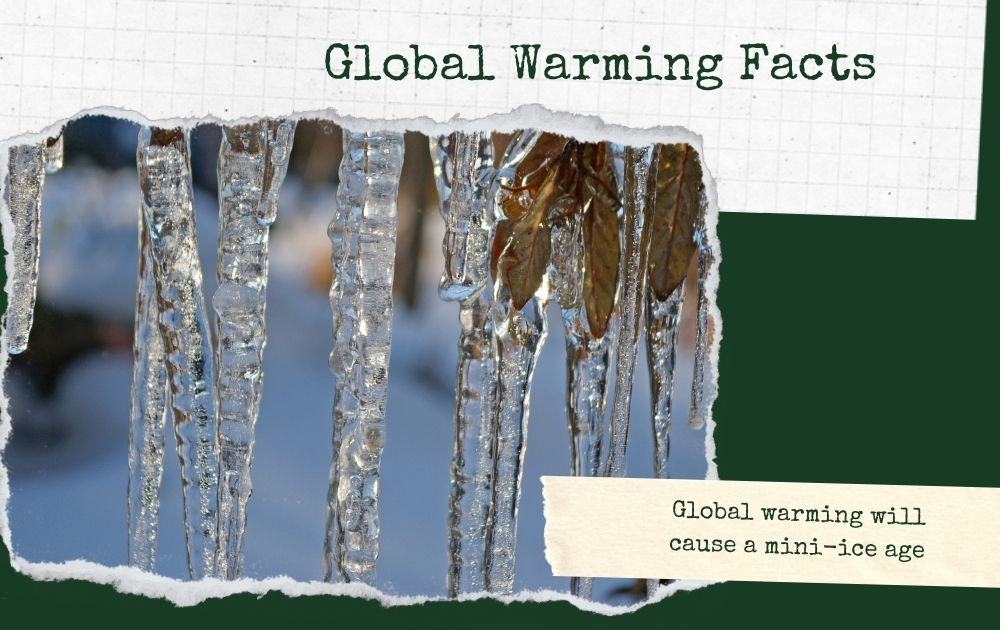
It seems hard to believe, but global warming can cause the Earth to revert to the ice age. Scientists have detected a “cold blob” of water in the south of Greenland. And this can lead to a faster rate of sea-level rise and other catastrophic effects.
Climate change is likely to cause extreme conditions, and the flip-flop between hot and cold temperatures is expected to lead to affect regional temperatures. A mini ice age will spell disastrous aftermath: mass starvation, a population crash, and a race to protect the food supply and other resources.
10. China is the top CO2-producing country, followed by the US
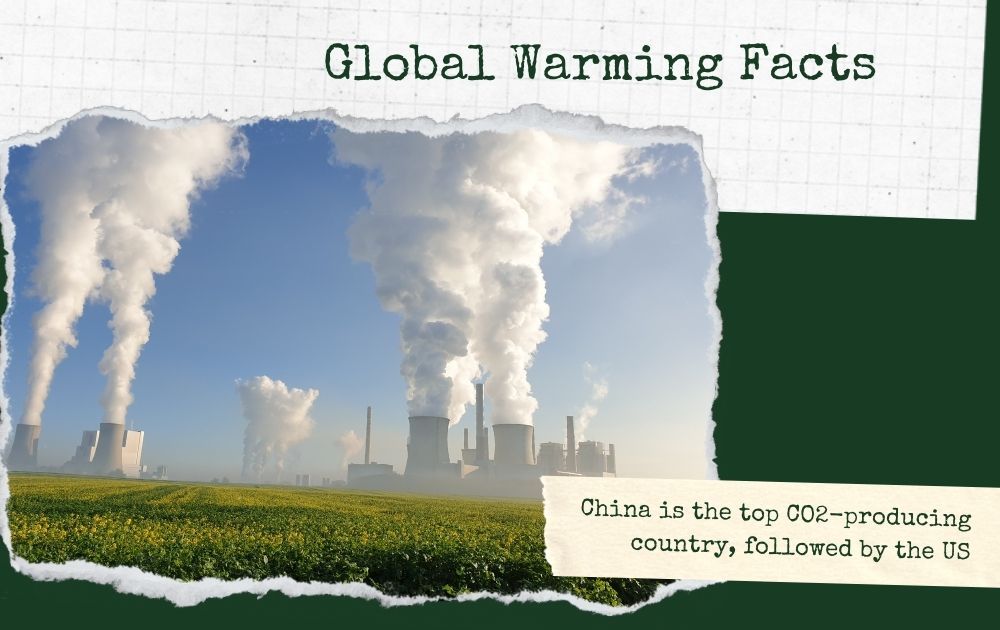
Carbon dioxide is an odorless gas that has highly polluted the Earth. While important for the planet to survive, high volumes of CO2 can cause holes in the ozone layer. The rise of CO2 levels was a result of industrial activity around the globe. Burning coal, especially in manufacturing-oriented countries, is the number one culprit behind the huge CO2 emissions.
Today, China produces the most carbon dioxide in the world. As an importer of oil and a huge user of motor vehicles, it produced 9.9 billion metric tons of gas in 2019. Following China are the U.S., India, Russia, and Japan.
The Lowdown
The climate problem can’t be ignored any longer. As seen from the global warming facts above, the effects of climate change are already here, and we are now experiencing the consequences of our actions.
Fortunately, we still have time, if not to reverse global warming, to lessen our negative impact on the environment. After all, the things that we do today will determine the world the future generation inherits.
About the author

Carla Deña
Carla is a journalist and content writer who produces stories for both digital and legacy media. She is passionate about creativity, innovation, and helping small businesses explore solutions that drive growth and social impact.
Table of Contents
- 1. We’re getting shorter fall seasons
- 2. Irreversible climate change is here
- 3. Earth’s hottest years: 2016, 2019, 2020, and 2021
- 4. The world’s temp to rise by 1.5 degrees Celsius
- 5. Climate change can make half of the existing species extinct
- 6. Heatwaves are the number one natural disaster-related cause of death in the US
- 7. In 2050, sea levels will rise by a foot
- 8. The Arctic could be ice-free by 2040
- 9. Global warming will cause a mini-ice age
- 10. China is the top CO2-producing country, followed by the US
- The Lowdown










